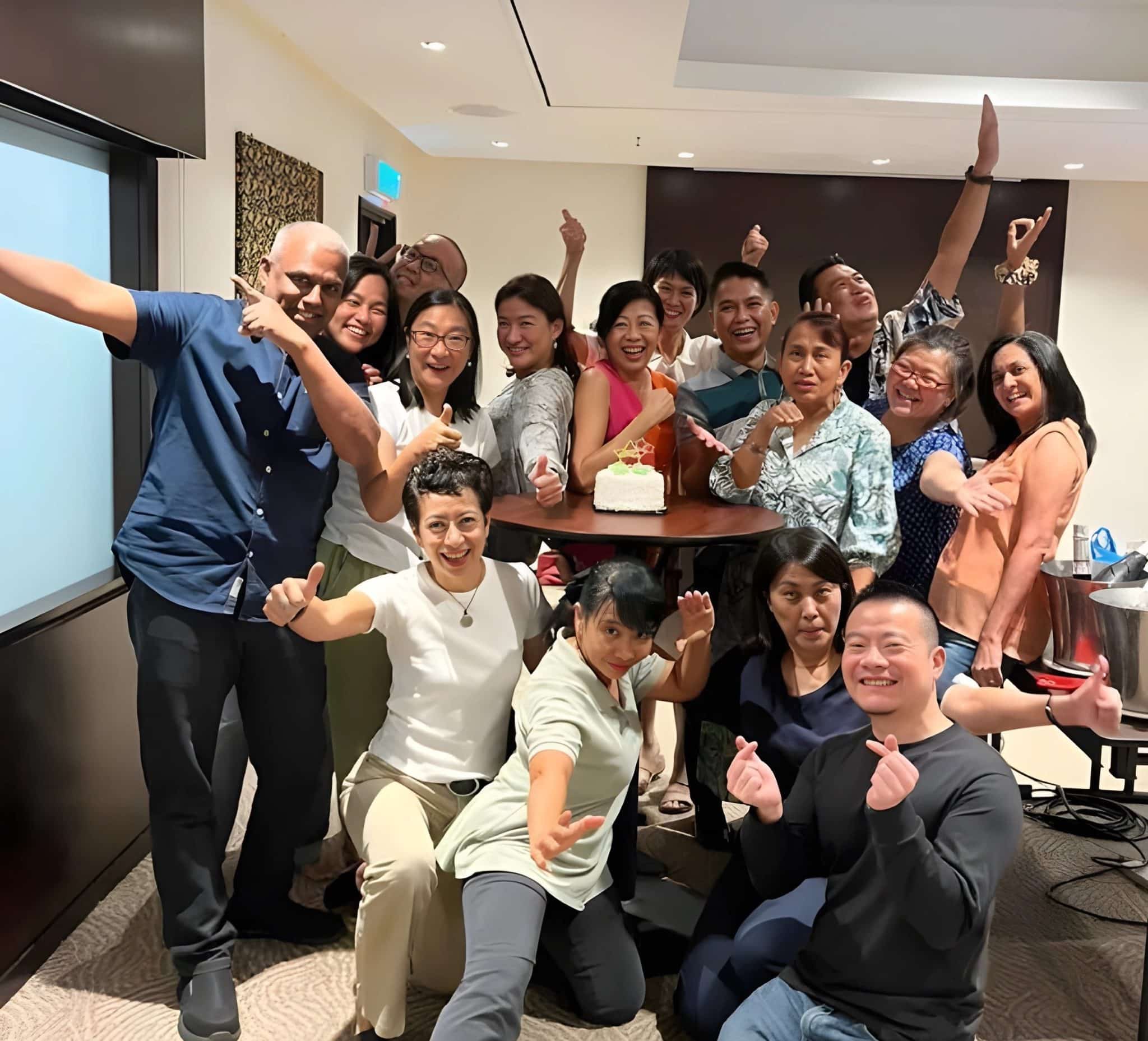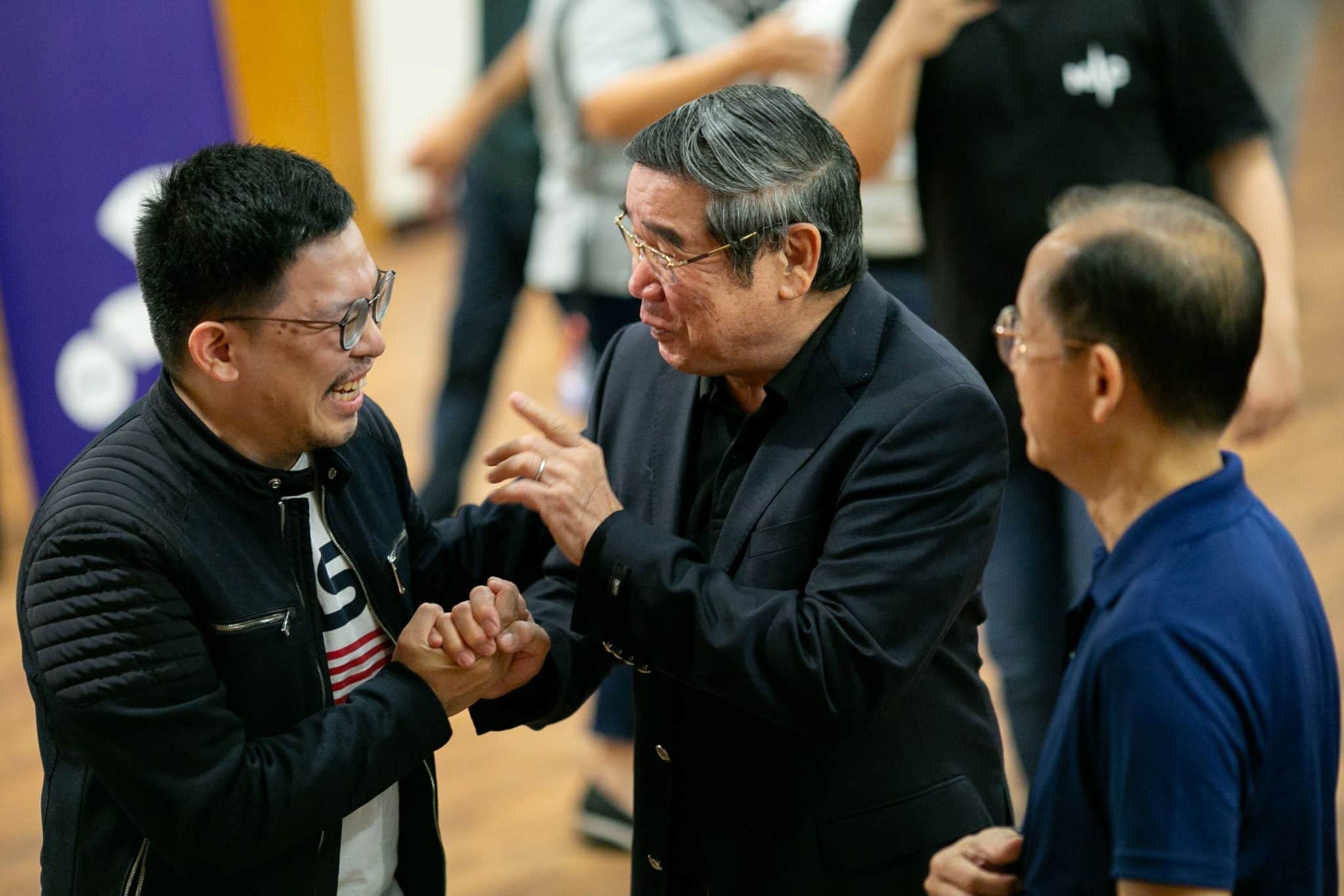
Photo by Alice Achterhof on Unsplash.
Challenges produce creative leaders, just as necessity is the mother of invention.
When problems hem us in, leaders are forced to think of possibilities outside the box. When processes are multiplied in boring and ineffective repetitions, we start experimenting with better and more efficient ways of producing or living.
Some very lucky people stumble onto creative solutions in the debris of failure and mistakes.
Wilhelm Conrad Röntgen was looking for the reason why his photographic plates were being ruined when he discovered radiation in the process.
Challenges produce creative leaders, just as necessity is the mother of invention.
Spencer Silver, a scientist at 3M, accidentally developed a “low” tack, reusable, pressure-sensitive adhesive while in search of super glue. This mistake was not well-received by others for five years until a colleague, Art Fry, used the adhesive to bookmark his hymn book. Discovering this effective use, 3M then marketed the adhesive, now known as Post It pads, to great success.
Some psychologists posit that early experiences predispose people to be interested in a certain range of problems.
Physicists like Viktor Weisskopf, Max Planck, Werner Heisenberg and Hans Bethe claim that what inspired them to seek to understand the movement of atoms and stars was the exhilaration they felt at the sight of mountains and the night sky.
Dissatisfied and curious
Curiosity is the indispensable ingredient for creativity. Its nature is not only intellectual, but rooted in deep feelings borne out of experiences that require some resolution or a new way of understanding.
Apparently, curious people are also likely candidates for creative leadership.
Curiosity is the indispensable ingredient for creativity.
A deep understanding of a domain is necessary if we want to transform it. It is not possible to be creative without learning what others know.
Yet, creativity arises only when there is dissatisfaction with the knowledge.
The Russian composer, Igor Stravinsky, understood the fundamentals of classical music intimately, but moved away from what was accepted in the new and creative contours of music.
When he debuted his now-famous ballet score, The Rite of Spring, in 1913, his dissonant, pulsating and unpredictable music was so offensive that his Parisian audience drowned out the orchestra with their hisses and heckles.
Yet, Stravinsky inspired many 20th century composers with his radical use of rhythm.
Discipline: An important partner
Curiosity has to be coupled with discipline, for any significant creative contributions to be made.
Leaders I know to be creative are absorbed by a domain that they effortlessly navigate, and they reinterpret the fundamental blocks of the chosen discipline in insightful ways that create previously unthinkable new dimensions.
Creativity is a form of leadership that propels a field forward and influences others.
Howard Gardner, in his study of the major creative geniuses of the 20th century, indicated a proficiency in an ironic blend of convergent and divergent thinking.
Convergent thinking is the rational ability to analyse and the cognitive agility to solve problems that have only one correct answer.
Divergent thinking is the flexibility that throws up a range of possibilities to resolve a dilemma. It is a creative ability to perceive unusual associations and swirl around different perspectives to arrive at an ingenious solution.
It is not surprising, then, that many creative leaders tend to exude a mischievous playfulness that belies a disciplined and inquiring disposition.
See-saw effect
Historically dark epochs, like wars, are the crucibles of creativity.
Some have argued that the outstanding breakaways from classical literary, musical and artistic styles in the 20th century were an indirect reaction to the disillusionment people felt at the inability of Western civilisation to avoid World War I.
Wisdom is critically required in leadership that enhances creativity in an organisation.
It is no coincidence that Einstein’s theory of relativity, Freud’s theory of the unconscious, Eliot’s free-form poetry, Stravinsky’s 12-tone music, Martha Graham’s abstract choreography, Picasso’s deformed figures, and James Joyce’s stream of consciousness prose, were all created – and accepted by the public – in the same period during which empires collapsed and belief systems rejected old certainties.
It is not surprising, then, that many creative leaders are tortured in their souls, seared in their memories and scarred in their experience.
Every leader’s dream is to stimulate creativity in the organisation, so Gordian knots can be disentangled and problems resolved.
Richard Woodman, in Creative Action in Organizations: Ivory Tower Visions & Real World Voices, makes three proposals that leaders can implement to create an environment friendly to creativity:
- Firstly, he proposes that because “creative behaviour … is an interaction of person and situation … norms supporting open sharing of information … (and) risk-taking behavior will enhance creativity … Creativity is reduced by rigid norms that create high conformity”.
- Secondly, he suggests that leaders enlist as diverse a team as possible and build participative structures in the organisation. He contends that homogenous composition, autocratic leadership and rigid structures tend to suppress creativity.
- Finally, he proposes matrix-inspired networking and collateral, or parallel structures, instead of bureaucratic or mechanistic systems to increase the probability of organisational creativity.
What seems to be the fundamental requirement in increasing the creative amperage in an organisation is the wisdom to balance behaviours and motivations of stakeholders.
Wisdom in creativity
Every leader needs to discern between diversity and self-serving individualism, restrictive homogeneity and serving a common vision, corporate success or self-promotion.
What is most critically required in leadership that will enhance creativity in the organisation is wisdom.
There is no better place to secure this wisdom than to heed the Wisdom writer: “The fear of the Lord is the beginning of wisdom; all who follow His precepts have good understanding.” (Psalm 111:10)
We can find the means to resolve the most intractable difficulties from the Original Creator, who alone brings something out of nothing.
This article is extracted from the book, Ponderings En Route, by Peter Chao and is republished with permission. The book is available for purchase at www.eagles.org.sg.
We are an independent, non-profit organisation that relies on the generosity of our readers, such as yourself, to continue serving the kingdom. Every dollar donated goes directly back into our editorial coverage.
Would you consider partnering with us in our kingdom work by supporting us financially, either as a one-off donation, or a recurring pledge?
Support Salt&Light



